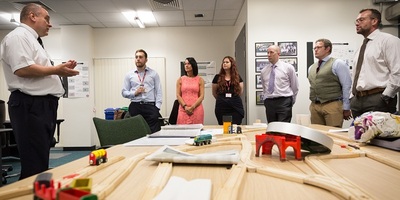Writing a CV and cover letter
- Spend time to get your CV right
- Read the job description and show the employer how you can add value
- Tailor your CV to the job giving clear evidence as to why you meet the requirements
- Be honest, stick to facts
- Keep it brief, ideally no more than 2 pages
- Use a simple layout and make your headings bold so that they stand out
- Always proof read and spell check before sending
How to organise a classic CV
Put your contact details at the top. You don't need to include a photo.
Make sure your email address is business-like. mickeymouse@nowhere.com won't do you any favours.
Start your CV with a career summary which highlights your strengths and achievements. Use facts and figures where possible, for example: I increased the productivity of X by 20% in 2016.
Include your career history in date order, putting your most recent job first.
Make your job titles and job descriptions as clear and easy to understand as possible.
Use bullet points to describe the jobs you have done and talk about your achievements in each role.
Don't include your whole job history, the last 5-8 years is usually enough.
If it is recent, add your educational achievements and any professional courses you have completed.
How to write a cover letter
A cover letter is a great way to sell your skills and show how good you would be for a role. If an application process asks for a CV and cover letter, don't forget to include a letter tailored to the role you are applying for.
It should be brief, no more than one side.
The cover letter is an opportunity to describe how you match the skills and experience the employer is looking for.
This can be especially useful if you need to show that you have transferable skills.
Other resources
If you need more help, here are some other websites where you can find advice on creating CVs and cover letters.
The National Careers Service - CV tips
Reed.co.uk CVs
Reed.co.uk - cover letters
Monster - CV template
